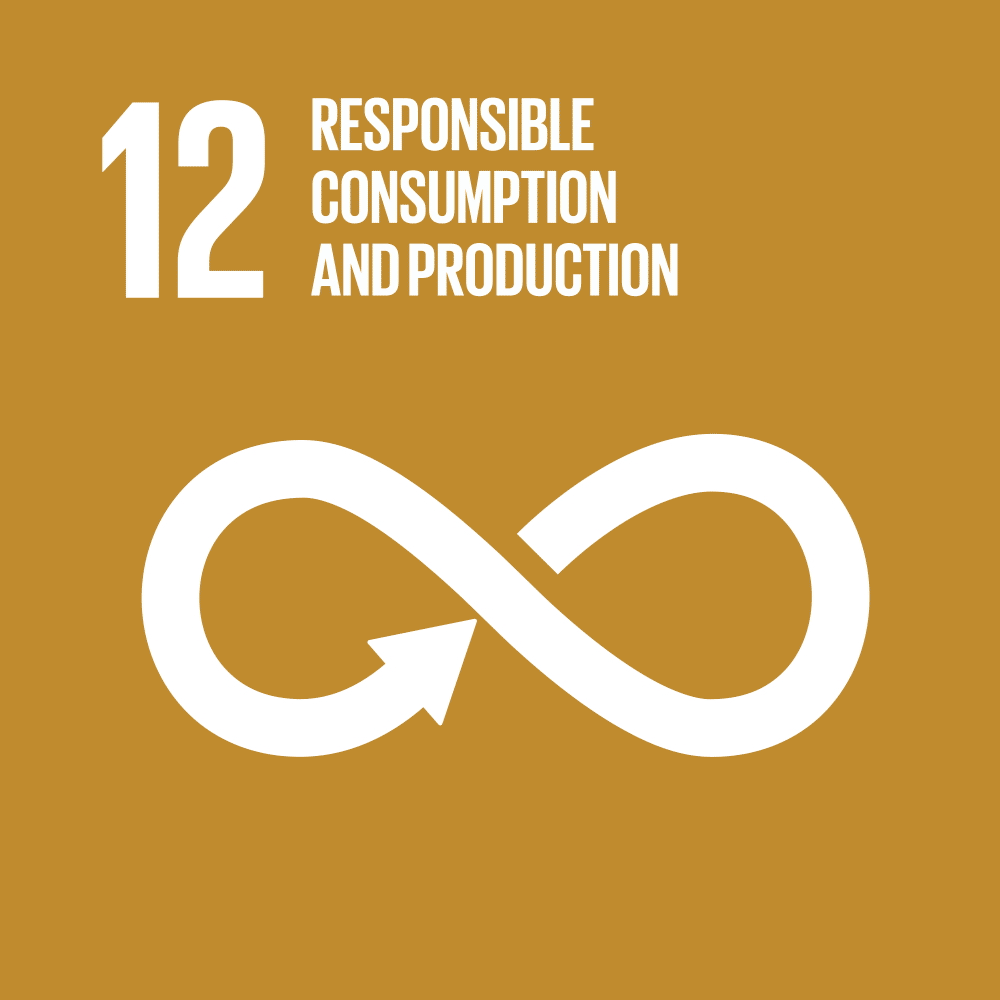Woodstogg in Basel: Timber Architecture and Urban Sustainability
- Javier Trespalacios

- May 12
- 7 min read
Updated: Sep 12
In the Breite district [1], in eastern Basel (Switzerland), the growing demand for land drives new forms of urban development. As in many European cities, Basel must balance its population growth with the protection of green areas and the reduction of its ecological footprint. This footprint represents the environmental impact caused by the consumption of natural resources —such as energy, water, raw materials, fossil fuels, and others—, the generation of emissions, and the occupation of land that could be bioproductive, that is, areas capable of naturally absorbing carbon dioxide.
Woodstogg, timber architecture and urban density in Basel (Photo: Javier Trespalacios)
In this context, urban densification is key to making use of already urbanized land. A notable example is Woodstogg, a building located at Zürcherstrasse 91, designed by Hildebrand Studios for 8stogg AG and completed in 2024. Located on a narrow site between existing buildings, it uses solid timber as its main structure. This project demonstrates that it is possible to increase density without compromising efficiency, sustainability, or architectural quality (Bazonline, 2024; Hildebrand Studios, 2024).
Sustainable Urban Density
This seeks to intelligently occupy already urbanized land, reducing resource consumption and improving access to services through compact and efficient planning (UN-Habitat, 2020). Woodstogg responds to these policies, promoting rational occupation without altering the neighborhood's scale (Swiss-Architects, 2025).
Contextual Adaptation and Architectural Design
Woodstogg is implemented on a site 8.2 meters wide. Its total built area is 690 m², distributed across six levels: a technical basement, commercial ground floor, and five dwellings (four studios and one duplex penthouse). The well-lit units have balconies facing the street and interior courtyard, maintaining a direct connection with the immediate urban and natural environment (Baunetz, 2024; Häring, 2024).
On the north facade, the exterior metal staircase stands out, extending over the sidewalk and connecting with the public space. This structure solves vertical circulation, acts as an acoustic barrier against exterior traffic, frees interior space, and marks the transition between public and private. Additionally, it functions as an informal meeting place, reinforcing the project's social dimension (Hildebrand Studios, 2024; Baunetz, 2024; Bazonline, 2024).
Exterior metal staircase on the north facade (Photo: Javier Trespalacios)
The south facade maximizes passive solar gain to reduce energy consumption. The units rotate around a central timber core that groups bathrooms, kitchens, and installations, freeing perimeters for flexible distribution. This configuration favors cross ventilation, abundant natural light entry, and clearly separates common from private areas. Large windows and balconies connect the interior and environment, improving comfort and environmental quality (Burnard & Kutnar, 2015; Espazium, 2024).
Rear of Woodstogg: south facade (Photo: Javier Trespalacios)
Hildebrand Studios refers to the project as a Townhouse, while the developer 8stogg AG decided to merge its name with the main structural material —wood— giving rise to the name Woodstogg, which now appears officially above the building's entrance (Baunetz, 2024).
Name inscription at Woodstogg entrance (Photo: Javier Trespalacios)
Materiality, Efficiency, and Sustainability
Woodstogg uses solid timber on a concrete base, a combination that reduces environmental impact compared to conventional concrete, reflecting a commitment to renewable materials (KBOB, 2022). Interior timber provides acoustic and thermal comfort, also improving spatial perception by generating sensations of warmth and well-being (Burnard & Kutnar, 2015).
Woodstogg interior: timber finishes (Photo: Roman Keller; Hildebrand Studios, 2024)
The design incorporates passive architecture measures, such as thermal insulation, cross ventilation, and solar control. Although it has not been disclosed whether it has Minergie certification [2], the building meets Swiss energy efficiency criteria (Bazonline, 2024).
Advantages of Timber in Compact Urban Projects
Timber construction offers notable advantages in sustainability, shortening execution times, and precision in construction assembly [3] (Häring AG, 2025). Advantages of timber as a construction material:
Low carbon footprint: Stores CO₂ and generates fewer emissions than concrete and steel, especially when sourced from sustainably managed forests (KBOB, 2022). This makes it a key material for decarbonizing the construction sector.
Insulating properties: Provides thermal and acoustic insulation, reducing energy needs for climate control and improving comfort (Burnard & Kutnar, 2015).
Construction speed and lower urban impact: Prefabricated systems accelerate construction and minimize disturbances such as noise and waste at the construction site, ideal in dense urban environments.
Structural lightness: Allows less invasive foundations and facilitates use on narrow sites or those with restrictions.
Flexibility and recyclability: Suitable for modular systems and, at the end of its useful life, can be reused or recycled, contributing to a circular economy in construction.
Disadvantages and Technical Challenges of Timber Use
Although it presents multiple advantages, structural timber use also involves technical considerations:
Moisture: Requires protection against weather to avoid deterioration and thermal loss from water infiltration (Künzel & Klingenberg, 2003).
Biological risk: Susceptible to attacks from termites, fungi, or wood-boring insects if not properly treated.
Fire protection: Solid timber chars slowly and can be structurally safe, requiring additional treatments or adequate design to comply with fire resistance regulations (UNECE, 2019).
Initial cost: May involve higher investments for design and certified materials, although this balances over time with lower operational costs (Waugh Thistleton Architects, 2020).
These aspects require technical rigor in design, maintenance, and regulation to guarantee safety and durability.
Sustainable Mobility and Urban Environment
Proximity to tram stops, bike lanes, and essential services allows doing without automobiles. The project aligns with the 15-minute city model [4] —access to housing, work, health, education, commerce, and leisure on foot or by bike—, reducing transport emissions and promoting healthy habits (Office of Urban Development, City of Basel, 2022).
Tram stations, tracks and park facing Woodstogg, tram 3, Breite Waldensburgerstrasse stop (Photo: Javier Trespalacios)
Contribution to Sustainable Development Goals (SDGs)
Woodstogg actively contributes to several of the Sustainable Development Goals (SDGs) established by the United Nations 2030 Agenda:
SDG 11 - Sustainable Cities and Communities: The building promotes respectful densification, improves urban habitability, strengthens community life, and facilitates access to essential services, in line with indicators 11.3 (proportion of sustainable urban growth) and 11.7 (safe and inclusive spaces).
SDG 12 - Responsible Production and Consumption: The choice of renewable materials, along with low-impact and proximity construction processes, significantly reduces the building's ecological footprint. Additionally, its efficient design optimizes energy use throughout the life cycle, contributing to more responsible resource consumption.
SDG 13 - Climate Action: Passive architecture and low operational consumption reduce carbon emissions. According to KBOB data (2022), timber construction can reduce emissions by up to 50% compared to conventional methods, and the CO₂ generated throughout the building's life cycle.
SDGs 11, 12, and 13: Sustainable cities, responsible consumption, and climate action for a balanced future
Reference Projects in Sustainable Timber Construction
Various projects have demonstrated the technical, environmental, and urban viability of building with timber, integrating energy efficiency and emission reduction.
Hunziker Areal, Zurich: Cooperative residential development that combines timber construction, responsible densification, and a community model, recognized as a reference in innovation and urban sustainability in Switzerland (ARGE, 2017).
Treet, Bergen, Norway: 14-story residential building, pioneer in vertical timber construction in urban environments, evidencing the technical and environmental feasibility of this typology (UNECE, 2019).
Hunziker Areal, Zurich: sustainable cooperative housing (Photo: Swiss Federal Office for Housing, SFOH); and Treet, Bergen: pioneer 14-story cross-laminated timber residential building (Photo: UrbanNext / ARTEC)
These cases confirm that timber construction is an effective and sustainable alternative to traditional systems, especially suitable for compact and demanding cities.
Conclusion
Woodstogg is an example of how architecture can respond efficiently and sustainably to current urban challenges. Its integration into the environment, responsible use of resources, environmental quality, and inclusive approach make it a replicable model, especially in medium-sized European cities.
Beyond its form, the project applies scalable principles: densification with quality, eco-social construction, and people-centered urbanism.
Woodstogg demonstrates that it is possible to transform without displacing, build without destroying, and inhabit without compromising the planet.
Notes
[1] The Breite district —in local dialect, Braiti—, in eastern Basel, originally developed on flat lands near the Birs River, with industrial roots linked to the St. Alban-Teich canal and medieval paper industry. At the end of the 19th century, its urbanization grew with worker housing for local industry, consolidating as a working-class enclave during much of the 20th century. Today, Breite is a densely populated and diverse district that combines historic and modern buildings, with significant efforts in restoration and recovery of riverside green spaces. Its identity is sustained by an active community, with a vibrant social fabric and recreational spaces that reflect its evolution from an industrial zone to a residential and sustainable environment.
[2] Minergie certification is a recognized Swiss standard for new or renovated buildings that guarantees high energy efficiency, comfort, and climate protection, with strict requirements regarding insulation, controlled ventilation, and low energy consumption.
[3] The structure was manufactured and installed by Häring AG, a Swiss company with extensive experience in timber construction. Specialized in prefabricated systems, it combines engineering, industrial production, and advanced technology to offer precise, sustainable solutions adapted to each project.
[4] The 15-minute city model, popularized by urbanist Carlos Moreno —a Franco-Colombian ex-guerrilla—, proposes that inhabitants can access all their basic needs —such as housing, work, education, health, commerce, and leisure— within 15 minutes on foot or by bicycle from their homes. This form of urban planning aims to create more sustainable, livable, and equitable cities, promoting proximity, diversity, density, and the accessibility of services. Additionally, it promotes reduced automobile use, improves quality of life, and contributes to reducing pollution and pollutant gas emissions.
References
ARGE. (2017). Mehr als Wohnen: Hunziker Areal Zürich. Genossenschaft mehr als Wohnen.
Baunetz. (2024). Holzbau auf Basler Restparzelle: Townhouse von Hildebrand Studios. https://www.baunetz.de/mobil/meldung.html?cid=9849994
Bazonline. (2024, May 27). Woodstogg Basel: Ein Blick in den neuen Holzbau. https://www.bazonline.ch/woodstogg-basel-ein-blick-in-den-neuen-holzbau-473876805751
Burnard, M. D., & Kutnar, A. (2015). Wood and human stress in the built indoor environment: A review. Wood Science and Technology, 49(5), 969–986. https://doi.org/10.1007/s00226-015-0747-3
Espazium. (2024). Hier und jetzt – Junge Architektur No. 6 / 2024: Townhouse. https://events.espazium.ch/fr/evenements/hier-und-jetzt-junge-architektur-no-6-2024-townhouse
Häring AG. (2024). Zürcherstrasse 91: System-Holzbau und urbane Nachverdichtung. https://www.haring.ch/assets/EventPDF/WEB_hae_vertical_mkvorort01_zuercherstrasse_235x125_def.pdf
Häring AG. (2025). Modern timber construction with unlimited possibilities. https://www.haring.ch/en
Hildebrand Studios. (2024). Woodstogg – Zürcherstrasse 91, Basel. https://www.hildebrand.ch/projekte/woodstogg
KBOB. (2022). Ökobilanzdaten im Baubereich 2022. Bundesamt für Energie.
Künzel, H. M., & Klingenberg, J. (2003). Moisture control in timber structures. Fraunhofer Institute for Building Physics.
Office of Urban Development, City of Basel. (2022). Richtplan Basel-Stadt – Urban Development Guidelines. Kanton Basel-Stadt.
Swiss-Architects. (2025). Woodstogg Basel. https://www.swiss-architects.com/en/hildebrand-studios-ag-zurich/project/woodstogg-basel
UNECE. (2019). Treet, Bergen, Norway: Policy Framework for Sustainable Real Estate Markets. https://unece.org/treet-bergen-norway
UN-Habitat. (2020). World Cities Report 2020: The Value of Sustainable Urbanization. United Nations Human Settlements Programme.
Waugh Thistleton Architects. (2020). Alternative construction: Cross-laminated timber and the future of low-carbon buildings. WTA Publications.

















Comments